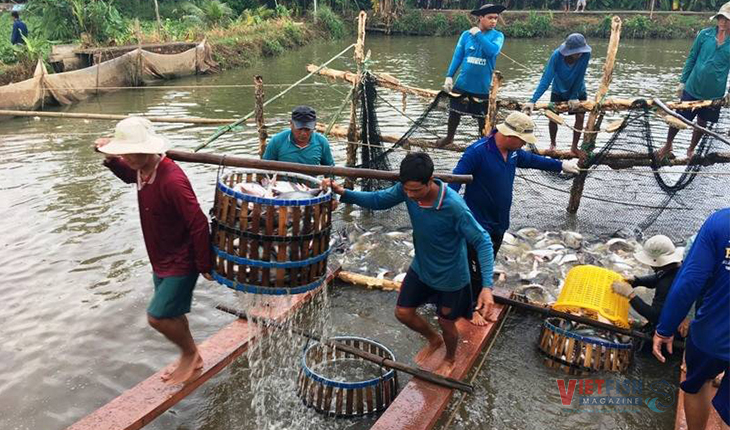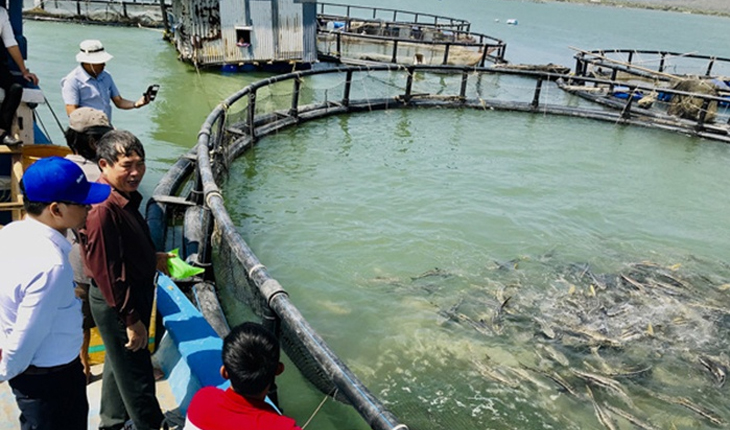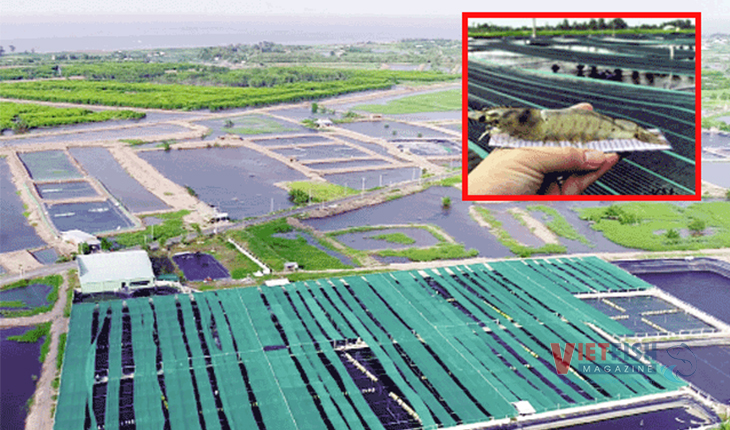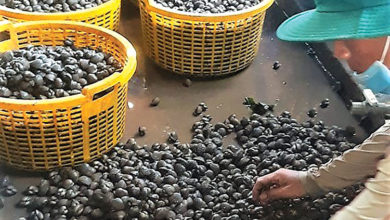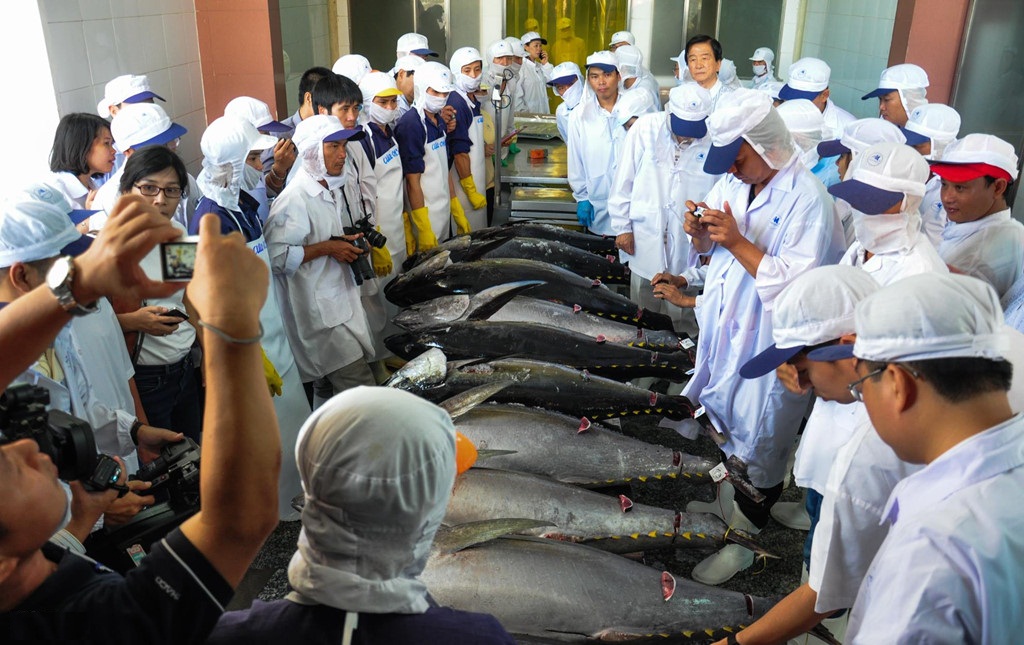Cà Mau: Promoting organic shrimp culture in Rạch Gốc
For generations, people of Rạch Gốc in Cà Mau province have engaged in the traditional mangrove-shrimp culture. Shrimps exhibit superior quality as they are raised with natural feed. The local authority has recently encouraged farmers to establish cooperatives of organic shrimp farming.
Rạch Gốc town is one of the three key areas of organic shrimp culture in Ngọc Hiển district, covering a total area of 2,777 hectares, with 1,896 hectares certified for organic shrimp production following international standards such as EU Organic and Canada Organic.
The Rạch Gốc mangrove-shrimp cooperative, in Rạch Gốc B cluster, was established in late 2021, with 56 members and a charter capital of 560 million dong. The cooperative purchases high-quality shrimp post larvae, adopts new and efficient farming techniques while preserving the natural environment, and connects with markets at stable prices. This helps members increase their income, preserves the forest, and enhances the livelihood beneath the forest.
Nguyễn Thanh Tín, Director of the Rạch Gốc mangrove-shrimp cooperative, explains, “The main activities of the cooperative involve shrimp and crab farming under the forest canopy, crab and shrimp post larvae trading to supply members and local farmers. In early days, the cooperative collaborated with businesses to support breeding stocks, provide technical training, ensure product sales, and offer guidance on shrimp and crab farming techniques in two stages, interweaving with other species like crab and blood cockle. Then, members grasped the basic knowledge and continued to apply it into the model.”
Lê Tấn Hiệp, a cooperative member, states, “Since joining the Rạch Gốc mangrove-shrimp cooperative, my fellow members and I have adopted new farming methods, buying traceable breeding stocks and caring for them until they are robust before releasing them into shrimp ponds. From the nearly 4 hectare-pond, we earn a stable income, 120 – 200 million dong per year.”
“On average, over 15 tons of various aquatic products are sold to the market each year. So as to promote the brand of Rạch Gốc organic shrimp along with other aquatic products, the Rạch Gốc mangrove-shrimp cooperative is currently introducing its products and building a website,” added Tín.
Lâm Sĩ Em, Deputy Chairman of the People’s Committee of Rạch Gốc town, notes that organic shrimp culture under the forest canopy, combined with crab and blood cockle farming, is a suitable direction to conditions and characteristics of Rạch Gốc mangrove. The local authority plans to encourage and multiply this model while concurrently developing the economy through ecotourism.
VFM


